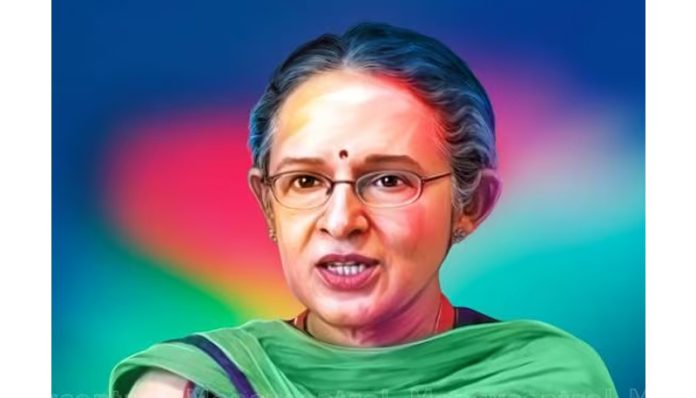New Delhi, Jan 15: India’s macro-fundamentals strengthened even though it faced severe external shocks since 2020, Reserve Bank Monetary Policy Committee (MPC) member Ashima Goyal said on Monday.
The country’s economic diversity, adequate buffers, and feasible reforms have enabled policies to be countercyclical, she told PTI in an interview.
With more and more firms and consumers internalising the inflation target, the economy is likely to approach the Reserve Bank of India’s (RBI’s) inflation target of 4 per cent this year.
“There have been severe external shocks (Russia-Ukraine war, Israel-Hamas war, oil prices, Houthi attacks) since 2020. But despite these, Indian macro-fundamentals have strengthened in this period,” she said.
The economist said the rupee has been relatively stable due to these factors.
“Economic diversity, adequate buffers, and feasible reforms… Have enabled policies to be countercyclical. We have the capability to implement countercyclical policy and smooth external shocks,” she said.
Indian economy is projected to grow 7.3 per cent in the current fiscal, higher than 7.2 per cent in 2022-23.
As per the International Monetary Fund’s (IMF’s) World Economic Outlook, global growth is estimated to decelerate from 3.5 per cent in 2022 to 3 per cent in 2023 and further to 2.9 per cent in 2024.
The situation around the Bab-el-Mandeb Strait, a crucial shipping route connecting the Red Sea and the Mediterranean Sea to the Indian Ocean, has escalated due to recent attacks by Yemen-based Houthi militants.
Due to these attacks, shippers are taking consignments through the Cape of Good Hope, resulting in delays of almost 14 days and also higher freight and insurance costs.
The Red Sea route is also crucial for energy shipments.
Replying to a question on his outlook on inflation for 2024, Goyal emphasised that the recent spikes in commodity prices have tended to be short-term and were not able to upset a steady softening of core inflation towards the target of 4 per cent.
“As more and more firms and consumers internalise the inflation target, I see the economy approaching it (RBI’s inflation target of 4 per cent) in 2024,” Goyal said.
Elaborating further, she said, the current MPC has shown that inflation can be kept in check despite severe adverse supply shocks and while supporting good growth.
Noting that the average headline inflation has remained below 6 per cent during the term of the current MPC, Goyal said, “The first MPC had the advantage of falling oil prices, while we have had to face the pandemic, supply chain snarls and war related oil price rise.”
According to the latest government data, retail inflation rose at the fastest pace in four months in December 2023 at 5.69 per cent, on account of an increase in prices of vegetables, pulses, and spices.
The RBI has been tasked by the government to ensure retail inflation remains at 4 per cent, with a margin of 2 per cent on either side.
On whether the government needs to make a more realistic assessment of its medium-term fiscal deficit target, she said tax buoyancy from higher growth and from tax reform, combined with counter-cyclical fiscal policy, gives India a possible escape route from a history of higher deficits that created debt ratios exceeding its peer countries.
“Fiscal consolidation will strengthen our macroeconomic fundamentals even more and reduce risks further, while building space to respond to future shocks,” Goyal said, adding that the announced medium-term fiscal deficit is eminently feasible.
It will not reduce growth since it will make room for rising private investment, she said.
“Smart green public infrastructure, with timely completion rates, can continue to crowd in private investment,” Goyal added. (PTI)
Trending Now
E-Paper


